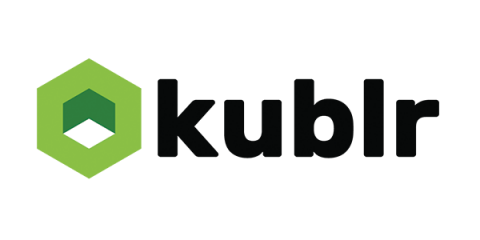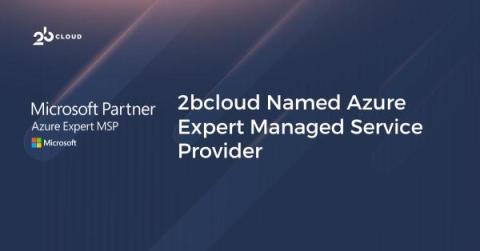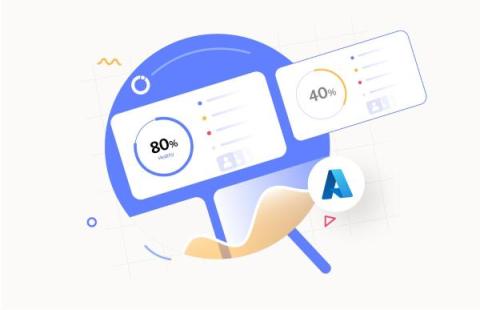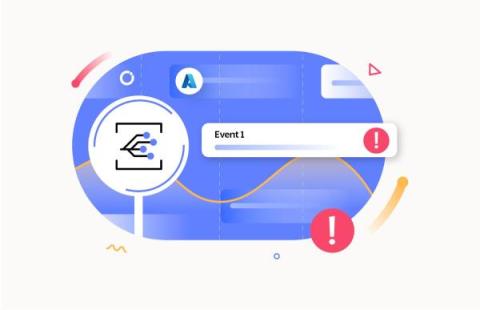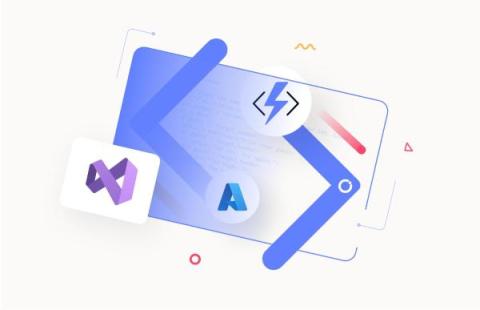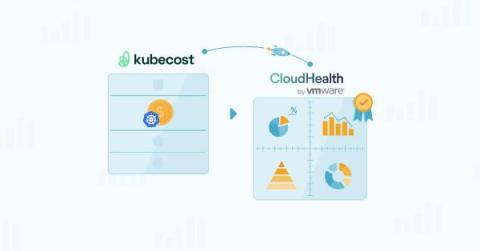Operations | Monitoring | ITSM | DevOps | Cloud
Latest News
Reaping the Benefits of Multi-Cluster Orchestration in Kubernetes
The rise of containerization has precipitated an unprecedented shift in the software development landscape, with Kubernetes emerging as the de facto standard for managing large-scale containerized applications. One of the more nuanced aspects of Kubernetes that is gaining attention is multi-cluster orchestration. This approach to cluster management offers several compelling advantages that reshape how businesses operate and innovate in a cloud-native context.
Security in the cloud: Whose responsibility is it?
2bcloud Named Microsoft Azure Expert Managed Services Provider for Four Consecutive Years
New York, September 27, 2023 – 2bcloud, a leading next-generation, multi-cloud managed service provider for tech companies on their cloud journey, today announced it has maintained its elite status as a Microsoft Azure Expert Managed Services Provider (MSP). The Azure Expert MSP is the highest level of partner certification from Microsoft on Azure, and the partner status underlines 2bcloud’s position as a leading Microsoft Azure partner.
How to host a multiple-application project on Platform.sh
We’re here to shed a little light on how you can host and configure your multi-app projects on Platform.sh with a step-by-step guide on how to set up a project on our platform. Enabling your team to focus more on creating incredible user experiences and less on multi-app infrastructure management. As well as a few multi-app development tips along the way. We’re going to look at this through the lens of a customer on the lookout for multi-application hosting with a few specific constraints.
Monitor multiple Azure subscriptions in a single dashboard
Azure Event Grid dead letter monitoring
Run Azure Functions locally in Visual Studio 2022
Auto-Instrumenting OpenTelemetry for Kafka
Apache Kafka, born at LinkedIn in 2010, has revolutionized real-time data streaming and has become a staple in many enterprise architectures. As it facilitates seamless processing of vast data volumes in distributed ecosystems, the importance of visibility into its operations has risen substantially. In this blog, we’re setting our sights on the step-by-step deployment of a containerized Kafka cluster, accompanied by a Python application to validate its functionality. The cherry on top?



